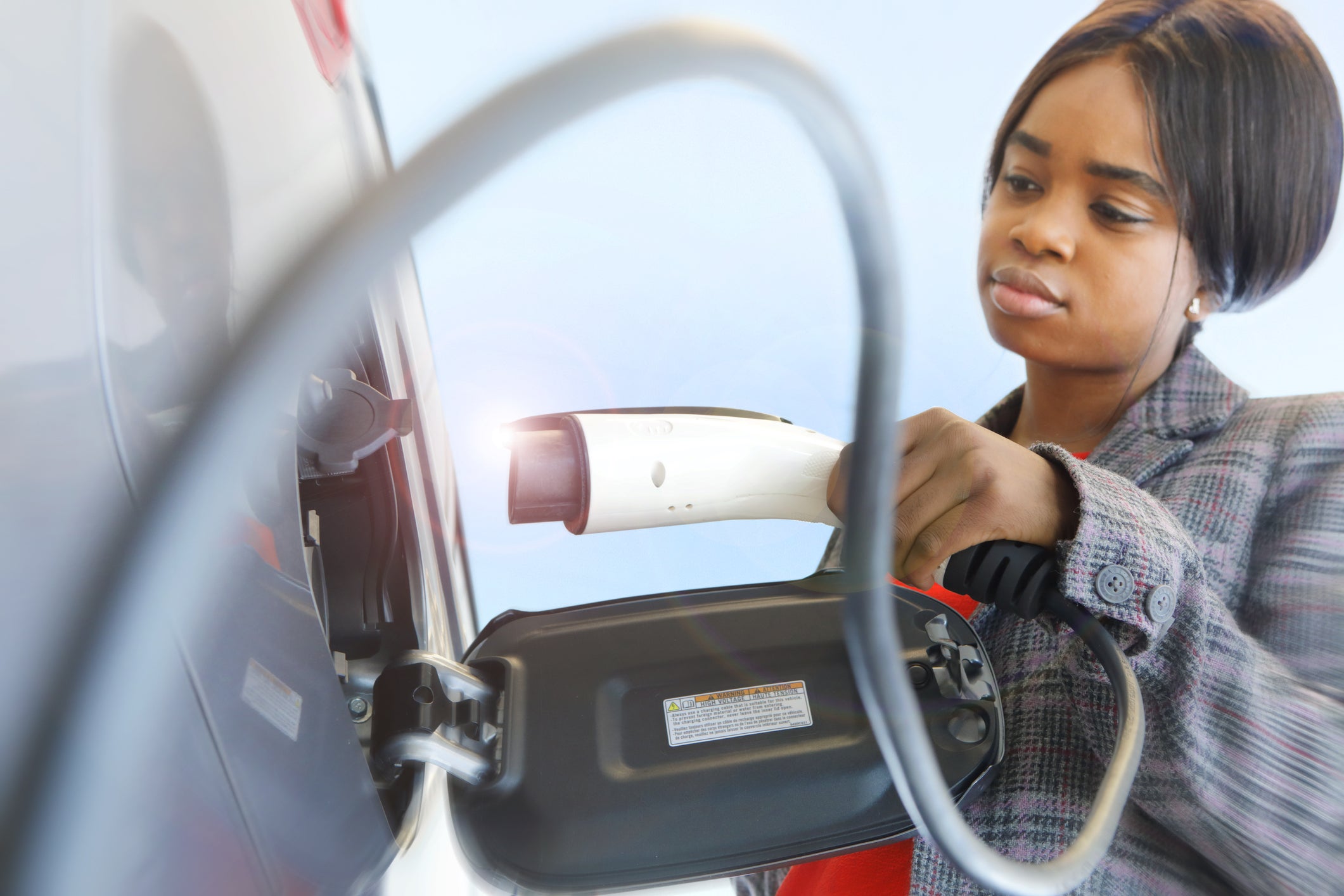
One year ago, the national average price of regular fuel was barely pushing $3.00 a gallon. Today, the national average price of regular fuel has soared to $4.91 a gallon, according to AAA. As a result of these inflated prices being driven by the Russia-Ukraine war and record profits being made by the oil companies, drivers are looking at every possible means to slash fuel expenses.
To combat the inflation prices, some drivers have been able to hold down their fuel costs by embracing remote work, which leads to less time on the road commuting back and forth to the office. Others have stepped up their game in trip planning, eliminating unnecessary errands.
Moreover, a great number of cost-conscious consumers have turned to wholesale clubs like Costco and Sam’s Club or loyalty programs at national grocery chains like Kroger, where they earn fuel points for every dollar they spend while grocery shopping. And others have decided to park their cars during the week and take advantage of public transportation as an economical alternative to wage war against exorbitant gas prices.
Ironically, many suburban and rural commuters across the U.S. don’t have accessible public transportation. India Williams, 49, of Atlanta happens to be one of them. Her daily 46-mile round trip from home to a suburban hospital, where she takes care of patients, allowed the doctor to embrace the green movement a few years ago. In fact, the married mother of four is somewhat a pioneer in terms of purchasing a battery electric vehicle (BEV).
In 2015, she traded in her ozone omitting, diesel-burning Volkswagen Jetta SportWagen for a more environmentally friendly all-electric Nissan Leaf. Buying the Leaf meant she had to alter her driving habits being that the vehicle was only outfitted with an 84-mile driving range, according to fueleconomy.gov. To minimize what the auto industry refers to as “range anxiety,” where electric vehicle drivers fear that they have insufficient energy storage to cover the necessary distance, Williams held on to her 2012 Chrysler Town & Country minivan for long-distance trips.
The physician was also encouraged to drive green when her employer installed two free charging stations, and Georgia Power, her utility company, was offering a 50 percent off rebate to people to install a Level 2 home charging station. The Level 2 application allows for charging at a faster rate than a traditional home outlet, as it takes four to five hours to charge 100 miles in comparison to a standard wall outlet, which can take upwards of 20 to 24 hours to fully charge up a vehicle when the battery has been drained.
In addition to the noted incentives, the Leaf qualified for the maximum federal tax credit of $7,500 for both all-electric and plug-in hybrids, according to fueleconomy.gov. And many states like Georgia were offering tax credits for early adopters of the driving green trend. All these incentives combined lowered the overall cost of the doctor’s Leaf, which listed for approximately $36,000.
More importantly, by going all-electric, Williams eliminated many of the normal maintenance costs associated with owning a vehicle since there is no engine underneath the hood. Besides incurring the costs of the typical wear items, such as filters, windshield wiper inserts and tires, oil changes have been eliminated.
After racking up 80,000 miles, the doctor noticed the Leaf’s driving range had been reduced drastically due to the electric battery wearing over time. While the battery was still covered under Nissan’s 100,000-mile warranty, Williams opted to sell the vehicle and lease a brand new 2022 Kia Niro electric vehicle.
Unlike with the previous generation of electric vehicles, most of the newer electric vehicles have a driving range spanning from 220 to 500 miles, virtually eliminating range anxiety. The doctor’s all-electric Niro driving range is about 2.5 times more than the Leaf, bringing the total driving range to 239 miles. This meant that Williams no longer had to rely on the family minivan as a backup.
And just like with the Leaf, the Niro qualified for the maximum federal tax incentive for electric vehicles and plug-in hybrids. Equally important, the dealer slashed the price $3,400, bringing the total discount to $10,900, using lease incentives offered by the automaker. Coincidentally, as opposed to the customer claiming the tax credit, the dealer factored the $7,500 into the lease. Thus, this pulled the price of the Niro down to $45,000, which is the average transaction price of a new vehicle.
Lastly, as it relates to charging, Williams has found ways to cut costs too. She recharges the vehicle at home during off-peak hours, which is between 11 p.m. to 7 a.m., five days a week, when kilowatt hour rates are the lowest. Because she has an electric vehicle, during those off-peak hours, everything in the house running off of electricity qualifies for the lowest rate possible, allowing her to save an additional $250 month on her utility bill. And with gas prices at $4.50 a gallon, she’s no longer paying a $500 monthly fuel bill to drive her 2012 minivan.
Jeff Fortson is the host of Auto Trends with JeffCars.com, the only multicultural syndicated automotive program in the U.S. The weekly program airs on SiriusXM and several FM radio outlets. To access more information about the show’s schedule, car reviews, car prices and more, cruise over to JeffCars.com or follower him at twitter@JeffCars.





